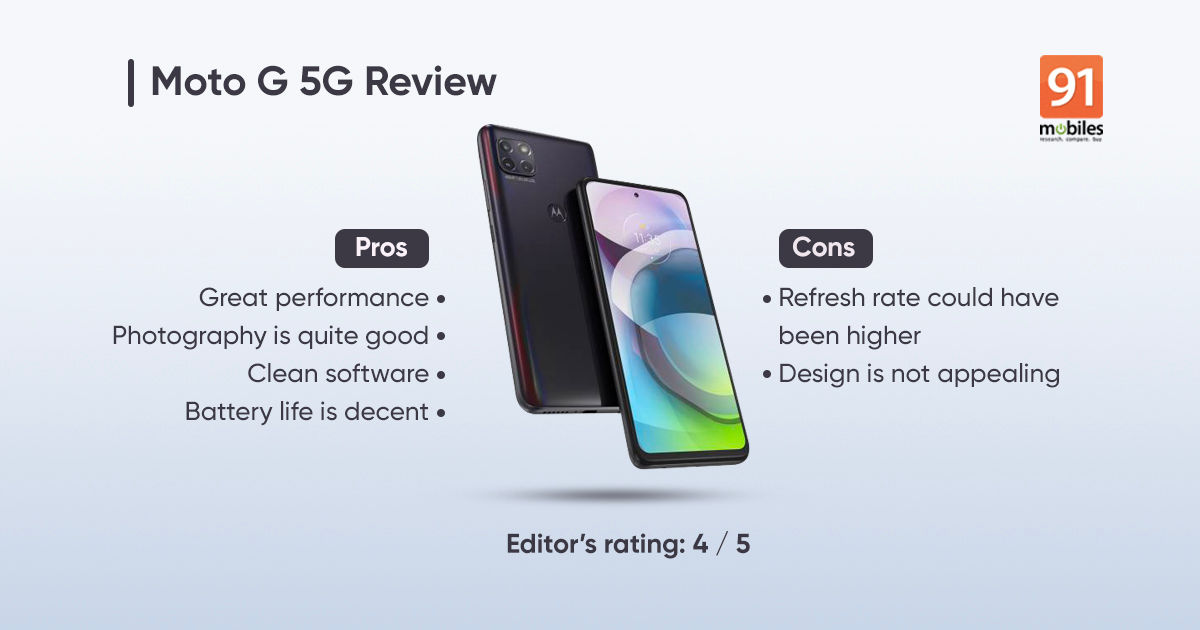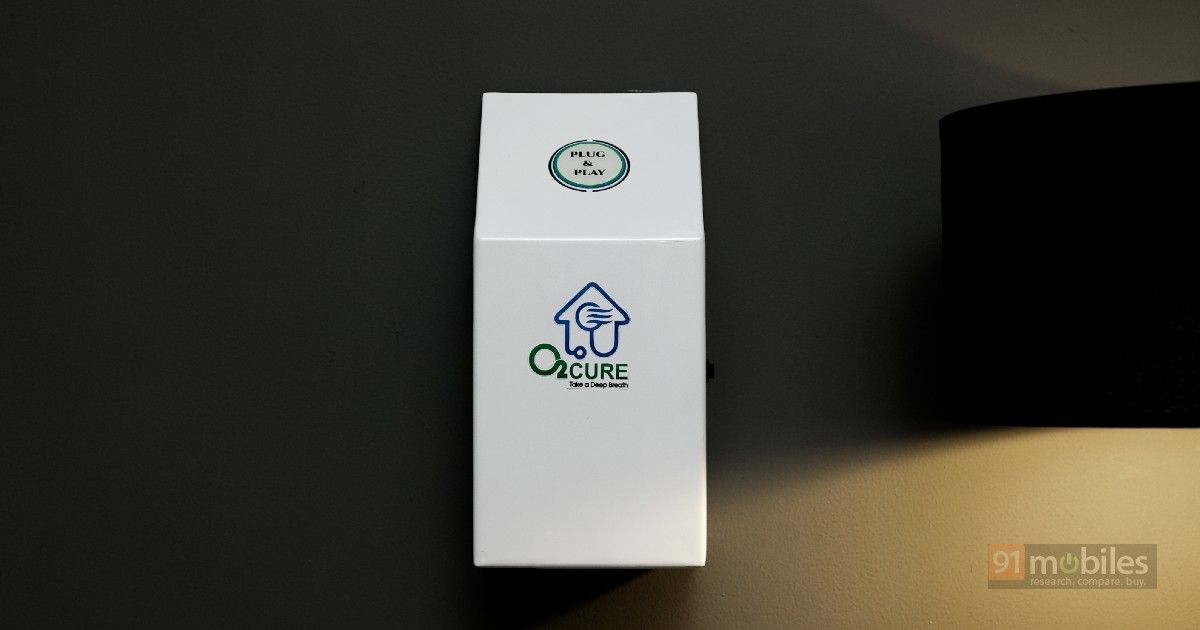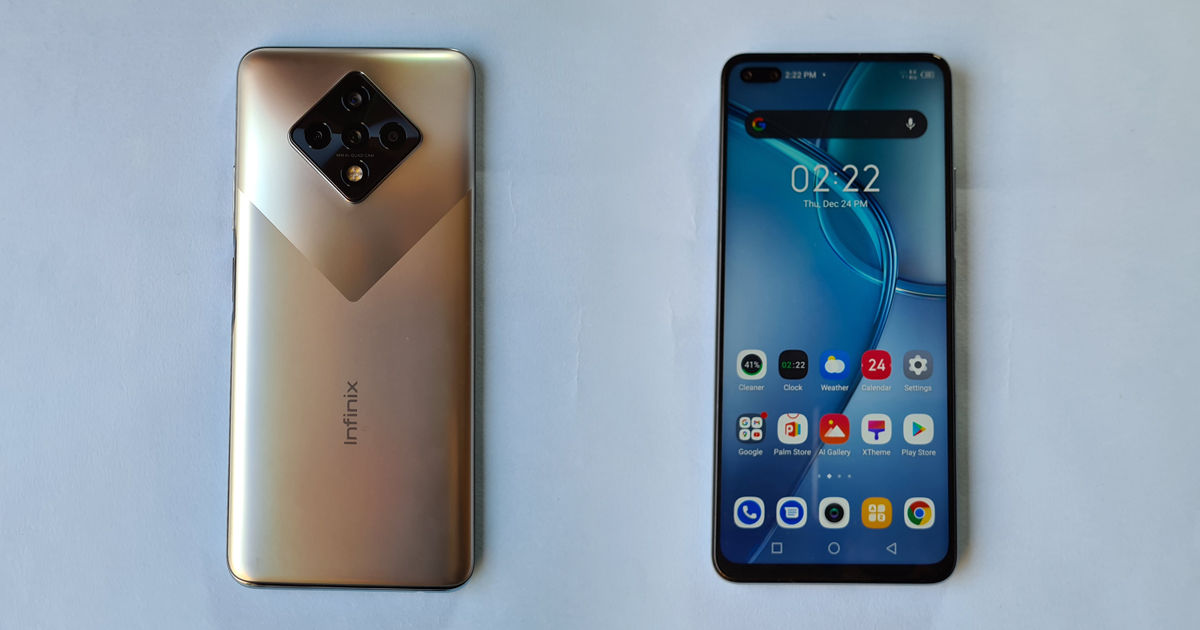Vivo V23 5G review: selfie lovers’ delight

Vivo has made a name for itself by providing some of the best camera hardware in the smartphone industry. Placing a physical gimbal in a phone camera is just one of the feats that Vivo has accomplished in the flagship handset space. But what about the mid-range or budget flagship segment? The newly launched Vivo V23 series consists of the V23 Pro (review) and the regular V23, and I’ll be reviewing the latter here. It’s priced starting Rs 29,990, and as is evident from the spec sheet, Vivo has seemingly equipped the V23 with top-notch cameras including a 50MP selfie shooter. Time to find out how well the V23 fares.
Table of Contents
Verdict
The V23 5G is a selfie lovers’ delight, with features tailored to their needs. However, a holistic smartphone experience revolves around delivering the perfect balance of cameras, performance, and battery. While the smartphone leaves a little something to be desired when it comes to performance and battery life, it does scores high on design and selfie capabilities.
Design and display
If crafting the best-looking smartphones is an art, then Vivo has to be among the masters of the craft. The device looks and feels truly premium. True to its word, the V23 retains the vestiges of previous V series phones before it by implementing a super-thin chassis that measures 7.55mm.
The gold hue along the rails and a smooth matte finish on the back with prismatic colour-changing reflections accentuating the gold look is a real treat for the eyes. The boxy construction with sharp edges resembles the recent iPhone design. In fact, the dual selfie camera notch on the front adds even more to that resemblance.
Vivo is one of the few OEMs that provide a clear silicone case inside the box. The camera hump has a metal build and the circular rims around the lenses’ perimeter jut out gracefully from the camera housing. On the bottom of the phone, a USB C port and a dual-SIM slot are present alongside a speaker grille. Vivo hasn’t equipped the device with stereo speakers, and that’s disappointing to say the least. At 179g, the V23 is perhaps the lightest phone in its category, showing how Vivo is focusing on portability over battery life in its devices.
On the display front, Vivo’s 6.44-inch 10-bit AMOLED panel with HDR10+ certification and 90Hz refresh rate proves to be a visual delight. Granted the screen-to-body ratio is not the greatest owing to the rather out-of-fashion notch on the top, but otherwise, the visual harmony is unimpeded by any distractions. The panel is colour accurate and has a few customisation options that tune the profile according to your tastes. Adaptive brightness is a bit of a hit-or-miss so I kept the levels locked at 75 percent which is more than enough to handle legibility issues in sunny outdoor conditions. The regular toggles for eye-care and dark mode make their way to the display settings along with the ability to shift between 90Hz and 60Hz. Would 120Hz be more of a consumer-focused choice? Certainly, but only hardcore smartphone users will discern the difference. OTT content looks great on the panel and I just finished binging the latest season of Ozark on Netflix with a sense of satisfaction.
Cameras
I had a strong feeling that the V23 5G’s cameras would be its ace in the hole. The device has a 64MP primary camera on the back while the 8MP ultra-wide and 2MP macro shooters act as the supporting cast. Housed in the notch up top is a 50MP selfie camera alongside which sits a 8MP ultra-wide lens. All-in-all, the optics don’t leave much to be desired when looked at on paper and after my extensive usage of the V23, I can say the device delivers on the promise. Let me talk about the selfie cameras first.
The 50MP camera on the front takes some of the cleanest and most detailed selfie shots I’ve seen in a long time. The high resolution provides a lot of breathing room for the sensor to take in details and retain the skin tones quite accurately. I did notice a fair bit of smoothening in Vivo’s signature style, robbing the picture of some reality but leaving me pleased with the results. To top it off, the selfie notch is flanked on either side by lights that emit a powerful glow on your face for great photos in low light conditions. There are several options to change the filters and portrait styling of the selfies all of which are basically subsets of Vivo’s early attempts at Beauty mode. There is a useful eye-tracking AF feature as well which is quite handy when vlogging from the front camera and you want to keep your face as the only object of focus. The HDR toggle didn’t make a whole lot of difference except perhaps helping improve exposure slightly. The ultra-wide sensor encapsulates a wider plane of focus and its use can only be justified when taking a group selfie.
As for the rear cameras, the 64MP primary shooter has been touted as the Night Camera which promises exceptional low-light photography. I was, in general, satisfied with the nighttime shots of the camera but there was nothing exceptional about them. In fact, in the absence of street lighting or some other source of illumination, the primary shooter took its own sweet time to focus and details were obfuscated in a flurry of oversharpening. The current wintery overcast conditions of Delhi have masked the full capabilities of the V23’s daylight shooting. Even so, the dynamic range and exposure handling are well defined in most shots with detailing on objects visible without too much post-processing being applied. Colours were saturated but the Auto HDR does a fine job of tuning them to my liking.
The ultra-wide sensor brings in a drastic colour temperature shift when compared to the primary shooter. The rather cold tones along with the dramatic warping at the edges make the V23’s ultra-wide sensor a bit of a letdown. Finally, the macro camera’s performance is directly proportional to the light falling on it. Vivo has worked hard on delivering the perfect selfie experience, but the rear cameras, which are likely to be used more, can’t boast the same level of performance.
Performance and software
In the processing department, the Vivo V23 5G is using the Dimensity 920 SoC, which has also been employed on the recently-launched Mi 11i HyperCharge (review). Several devices, much cheaper than the V23, use the Dimensity 1200 and even the Qualcomm Snapdragon 870 chipset which can deliver better performance. One look at the Antutu and Geekbench 5 multi-core scores of 484,892 and 2,072 gives you an idea of what I’m talking about. In comparison, the Realme X7 Max (review) got 629,120 and 3,052 on the same tests and costs about Rs 3,000 less than the V23. However, the phone’s relatively low processing prowess does not hamper day-to-day operations. Chrome, social media, multi-tasking and other moderate tasks are executed efficiently. They are aided well by 8GB or 12GB of DDR4X RAM that can further add 4GB virtually from the 128GB or 256GB of internal storage. The bottleneck happens when you try to push heavy graphical tasks on the device like editing a video for Reels or pushing 60fps on BGMI, both of which heat up the phone leading to CPU throttling.
The bottom-firing single speaker is not as tinny as I had expected and can actually get quite loud. However, the lack of stereo speakers is still quite noticeable since almost every competing device offers it. The in-display fingerprint sensor works quite well when the screen has no residual fingerprints but falters otherwise. Speaking of the software side of things on the V23, you get Android 12-based FunTouchOS 12. You can read more about it in my colleague’s detailed review of the V23 Pro. The gist, however, is that aside from the nifty software utilities, improvements in the overall design elements and slightly better user interaction from last time around, FunTouchOS is still riddled with bloatware.
Battery
One of the main drawbacks of a thin chassis is the lack of space available for putting in a decent-sized battery. The situation is no different on the V23 5G which has a 4,200mAh cell that hardly lasts for the entire day. I was looking for the charger after putting the device through its paces, with my usage including a 3-hour binge session on Netflix. Add a bit of gaming to the mix and the V23 is left with about 10-15 percent battery by evening. On PCMark’s Battery test the device scores a paltry 10 hours and 29 minutes, which is quite low when compared to the competition. However, the fast charging speeds of 44W can juice up the cell in a little under an hour.
Final verdict
I think Vivo should have offered a better chipset and a bigger battery on the V23. Smartphone purists and power users, in general, might find the phone a bit lacking considering the more well-rounded options available in this price bracket. That said, there is no doubt in my mind that those who love taking selfies and appreciate its stylish looks can consider the V23 5G a perfect companion.
Editor’s rating: 3.5 / 5
Pros:
- Sleek design
- Excellent Front-facing cameras
- Colour accurate display
Cons:
- Sub-par battery life
- Misses out on stereo speakers
- Performance can’t match rivals







